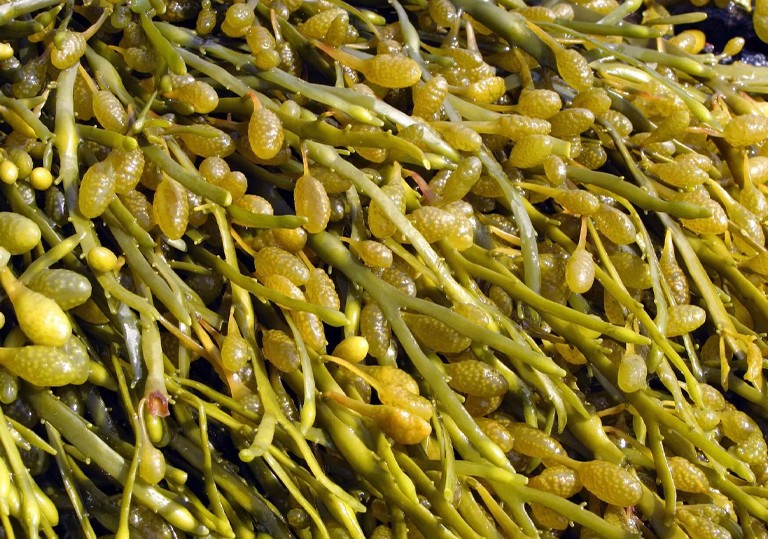
Bladderwrack is a type of brown seaweed. The name comes from the air pockets in its leaves, which look like small bladders. The air pockets help the seaweed float.
Bladderwrack grows in the ocean, near the northern coasts of the United States, on both the Pacific and Atlantic sides. It also grows on the northern coasts of Europe, on the Atlantic and Baltic sides.
Bladderwrack is in the kelp family, and some people may refer to it by that name. But kelp is a generic name for many different types of brown seaweed. The term does not refer specifically to bladderwrack.
The main stem of bladderwrack — the thallus — is used for medicinal supplements to treat several different conditions.
Bladderwrack contains alginic acid, a kind of dietary fiber. Fiber helps with constipation, but it can also relieve diarrhea and keep your bowel movements more regular in general.
Bladderwrack may relieve stomach problems because it creates a barrier between your sensitive stomach lining and irritants, like stomach acid. It also lowers inflammation, which may relieve some digestive issues.
arly studies show that calcium alginate, a substance found in bladderwrack, may heal wounds faster than other methods. One preliminary study showed that, when aided by a certain form of alginate, serious wounds healed in as few as 10 days. However, more research is needed to determine the most effective dosage and application style of bladderwrack for wound care.
Traditionally, people living near the ocean in areas where bladderwrack grows have lower rates of hypothyroidism . Some speculate this is because their diets contain higher levels of iodine from fish, shellfish, and seaweeds like bladderwrack.
Hypothyroidism is a synonym for an under-active thyroid gland. When you have this condition, your body doesn't make enough of the important hormones that regulate many of your body's functions.
